
PlayCleanGo
Waterton Lakes National Park
What is PlayCleanGo? It’s a simple way to stop invasive plant species in their tracks!
Remove plants and mud from boots, gear, pets, and your vehicle.
Clean your gear before and after hitting the trail.
Stay on designated roads and trails.
Use certified or local firewood and hay.
Waterton Lakes National Park is vulnerable to invasive plants following the 2017 Kenow Wildfire. Invasive species can thrive in disturbed environments and after a fire, they can quickly take advantage of the space, sunlight, nutrients, and water available. With the abundance of new resources and lack of natural predators, invasive species then outcompete with native plant species. The establishment of non-native plants ultimately results in less biodiversity and habitat changes—impacting plants, wildlife, and people.
What are some non-native plants of concern in Waterton?
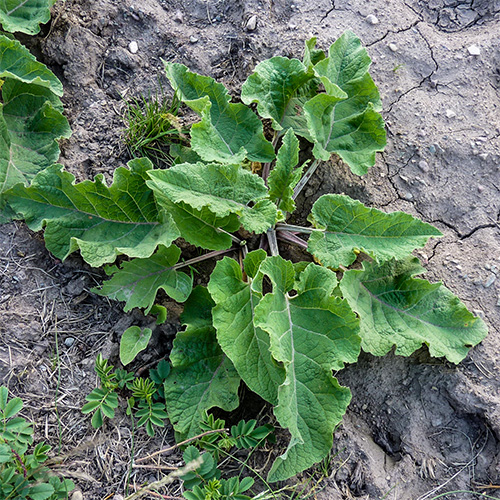
(Arctium minus)

(Bromus inermis)
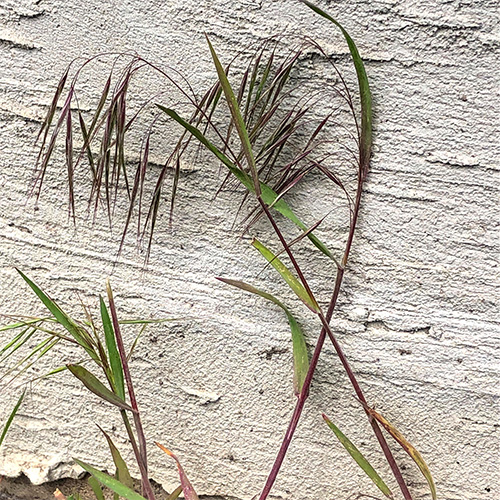
(Bromus tectorum)
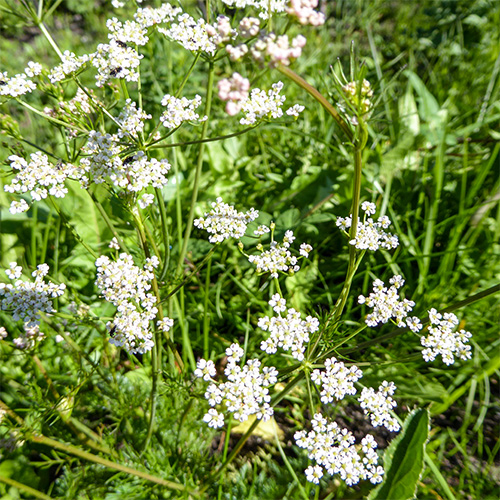
(Carum carvi)

(Centaurea stoebe)
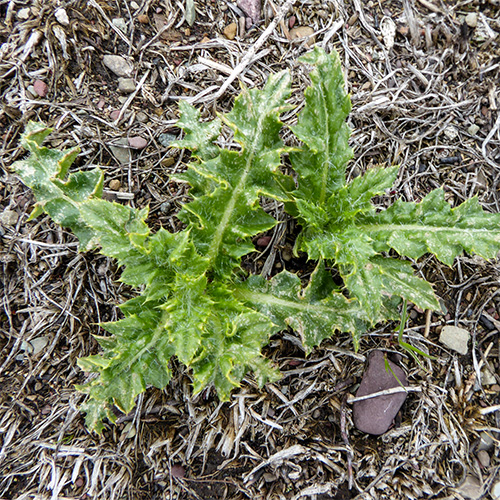
(Cirsium arvense)
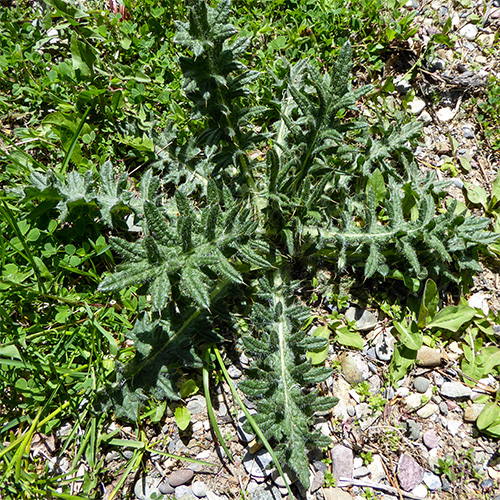
(Cirsium vulgare)
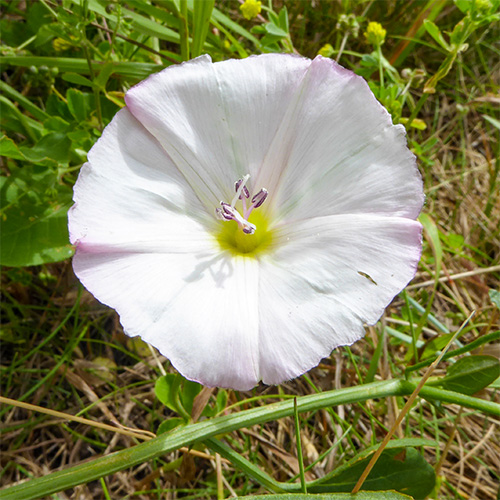
(Convolvulus arvensis)
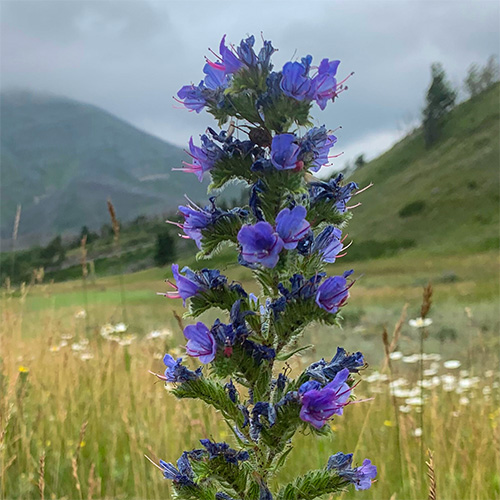
(Echium vulgare)
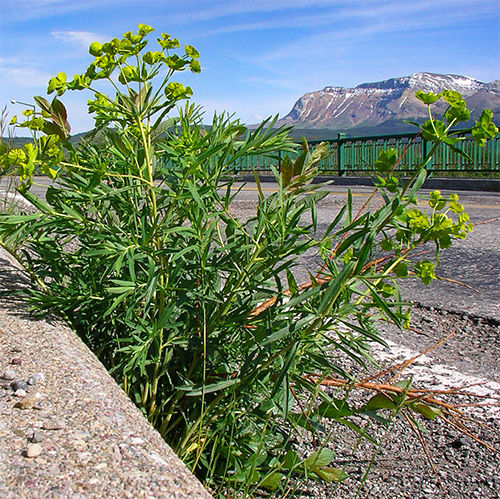
(Euphorbia esula)
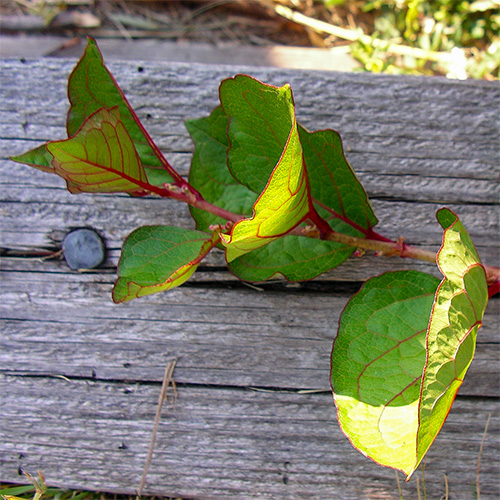
(Fallopia japonica)
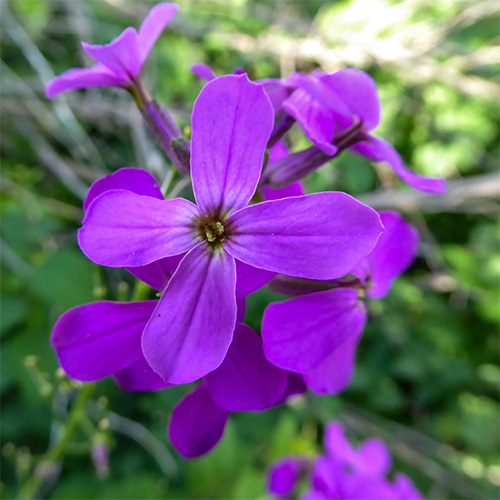
(Hesperis matronalis)

(Hieracium aurantiacum)
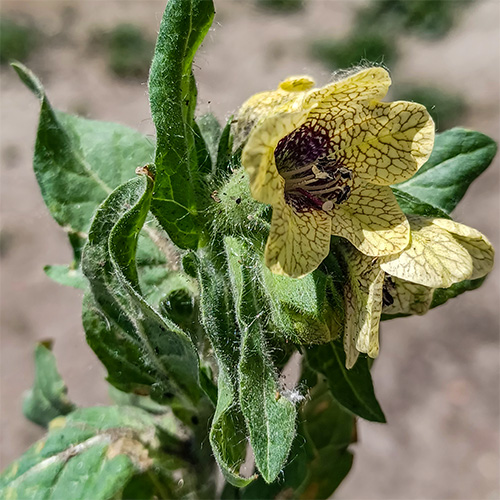
(Hyoscyamus niger)
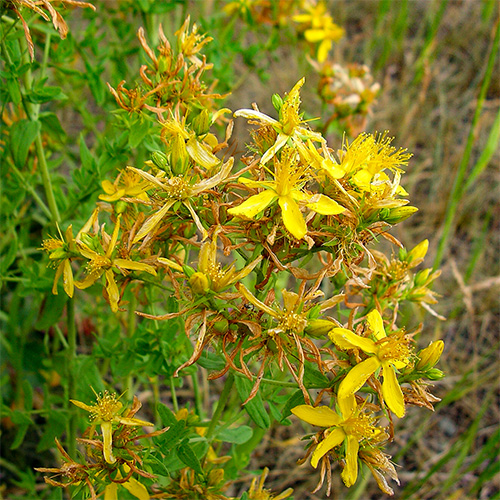
(Hypericum perforatum)
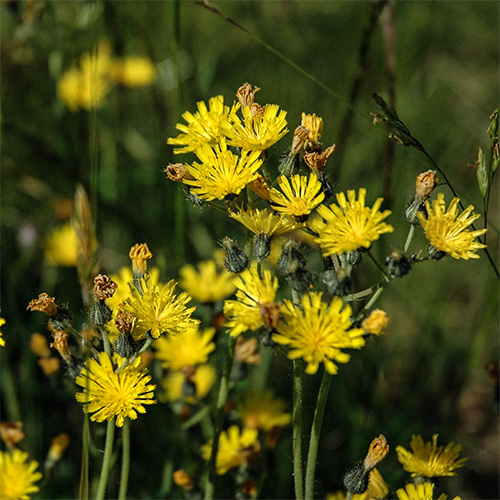
(Pilosella caespitosa)
How Parks Canada is protecting natural ecosystems from invasive plant species
Waterton Lakes has a well-established, extensive, and innovative program to control invasive non-native plants. It involves prevention, early detection, and long-term management.
- Prevention starts with using clean, weed-free equipment in the park, and installing boot brushing stations at trailheads.
- Through surveillance throughout the park, early detection helps identify species that threaten ecological integrity. They are removed or suppressed through a number of ways, such as manual removal, herbicide application, and biological controls.
- For species that are already established, like spotted knapweed, long-term management plans are needed.
How you can help
Little actions mean a lot for native species! Spending a few minutes removing mud, plants, and other debris from your boots, clothes, pets, and vehicle goes a long way in helping keep any non-native plants from spreading. Staying on trail, using local firewood, and feeding your horse weed-free hay are all simple ways to manage the spread of invasive plants.
We have a robust volunteer program with several ways to get involved in protecting the park from the spread of invasive plants:
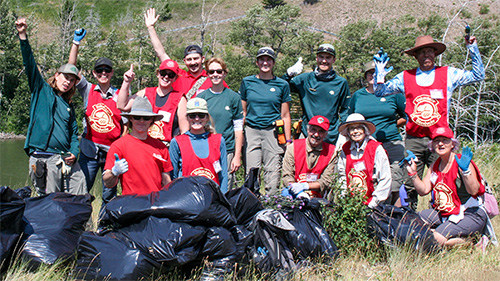
- Adopt-a-Patch: Removing spotted knapweed on the Prince of Wales hill
- Seed Collection: collecting from native flowers and grasses to restore disturbed sites
- Knapweed Rodeo: a fun-filled day of pulling spotted knapweed
- Fall Planting: plant endangered five-needle pines, or native grasses and flowers, to help restore natural landscapes
➡️For more information or to sign up: wlnp-volunteer@pc.gc.ca
Want to learn more?
Visit the PlayCleanGo website for more information about this program.
Related links
- Date modified :